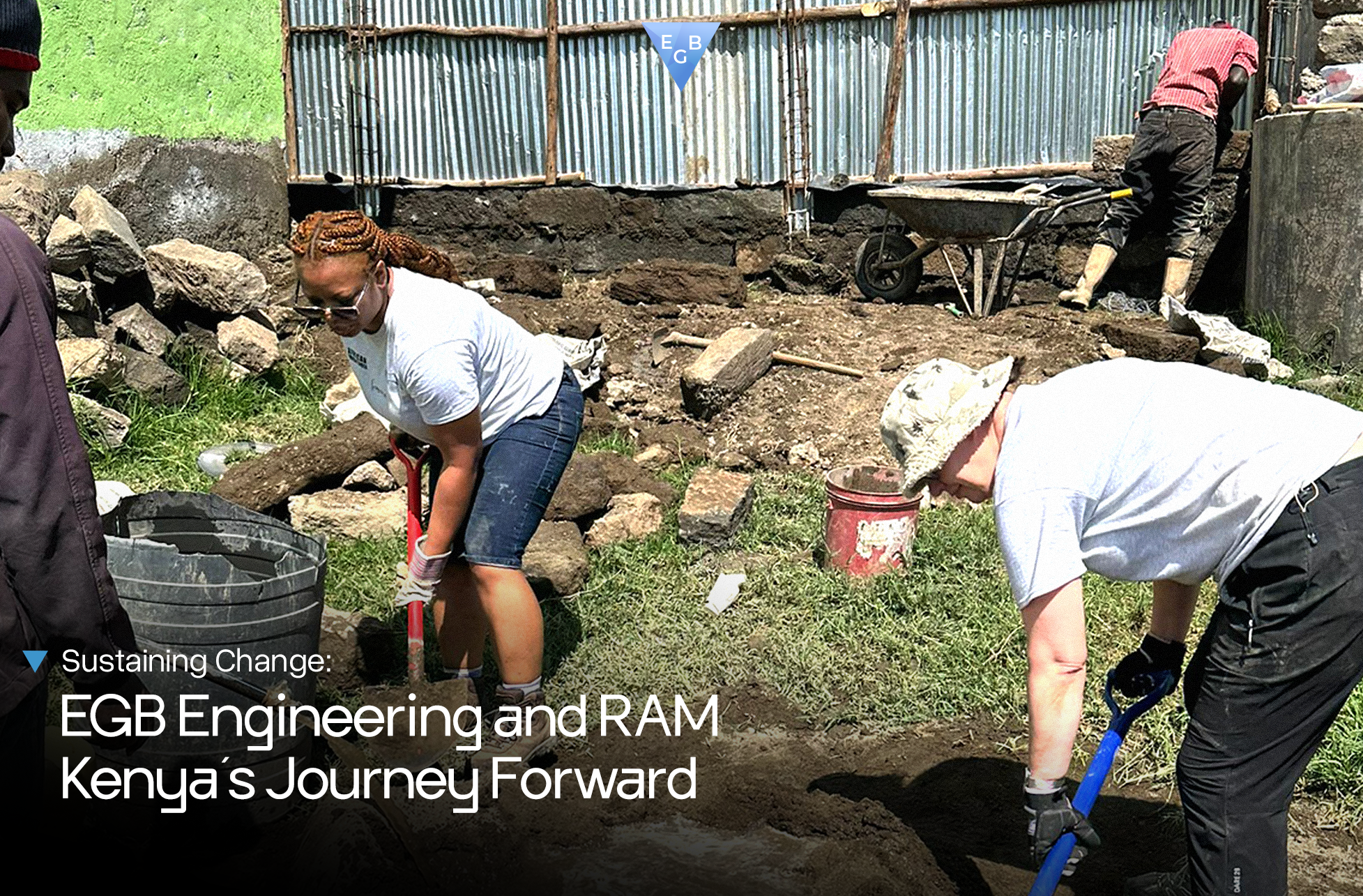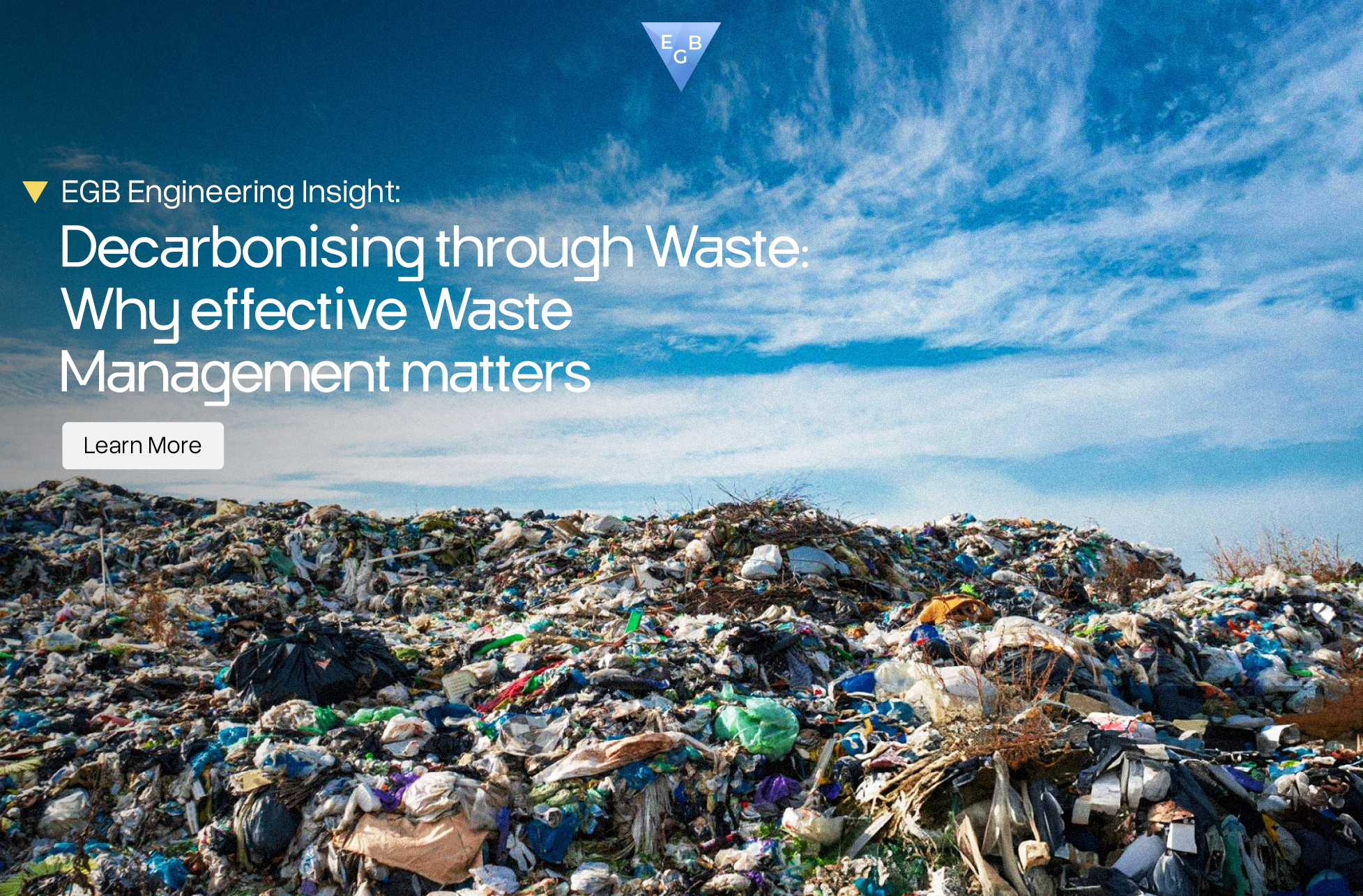The Impact Of COVID-19 – Aviation
What has changed?
With a reduction to travelling, particularly on an international scale, commercial flights have had to be cut down. The lockdown has also had a significant impact on the commercial aviation industry, for instance there has been disruption in production and slowing demand as workers go home, passengers stop traveling, and customers defer delivery of new aircraft.
However, with regards to deliveries and transportation of goods, aviation has never been more essential. People staying at home and therefore needing everything they may go out for kept in their home, such as office supplies and coffee.
The most important role aviation has played during the pandemic is ensuring transportation of good is quick, efficient, and safe because of the pressured demand for PPE, medication and other good from overseas that will directly impact the victims of Covid-19.
With an increase of information being shared and an increase of topics being about climate change, people are becoming more comfortable about changing their lifestyle to become more sustainable.
How will it influence the aviation industry?
Employment security and business stability for commercial aviation is also becoming problematic and the revenue being made is rapidly decreasing, whilst staff are frequently taking time off for quarantine.
This can be seen as a potential threat to the industry, as there is increasing competition in the industry, and increasing pressure to reduce the carbon footprint of the industry.
Commercial aircraft producers should expect continued weakening links in their supply chain, as some vendors and suppliers will likely face operational or financial struggles of their own. Brace for continued supply chain bottlenecks, both nationally and internationally.
With regards to becoming more sustainable, the UK Government has committed to policies to ensure aviation to become more environmentally friendly. These policies have set out two crucial things to achieve to ensure stability for the environment and the economy:
- Accommodate a 70% growth in passengers by 2050…
- … whilst reducing net carbon emissions levels from just over 30 million tonnes of CO2 per year down to zero.
These goals are hoped to be achieved by using modern renewable technology, such as hydroelectricity, to power vehicles and transform airports with renewable energy.
Another way to encourage carbon free travelling is by taxing the cost of carbon emissions. To elaborate, when a flight calculates the carbon emissions caused by the trip – for example, 0.35 tonnes from London to Barcelona one way – this will be taxed for the airport and paid by the passengers on the flights.
Not only will this be an incentive for airlines to transform their technology, but money raised by the taxes can be used to ensure more sustainable resources in the aviation industry.
Since the Covid-19 pandemic, renewable energy sources and engineering environmentally concerned technology for airline has been at its highest level of concern. With aviation being on standby, scientists have been able to reflect on the impact flight has on the environment. The analysis of the short-run impact of Covid-19 indicates that large reductions in emissions due to the reduction of aviation – 41.5% for the whole of 2020.
As a result, aviation will not be the same when it is safe to travel again. There is predicted to be more people working virtually, more people wanting to travel, desperation to make up for lost revenue from the lockdown, and pressure on the government to ensure sustainable changes are made.




